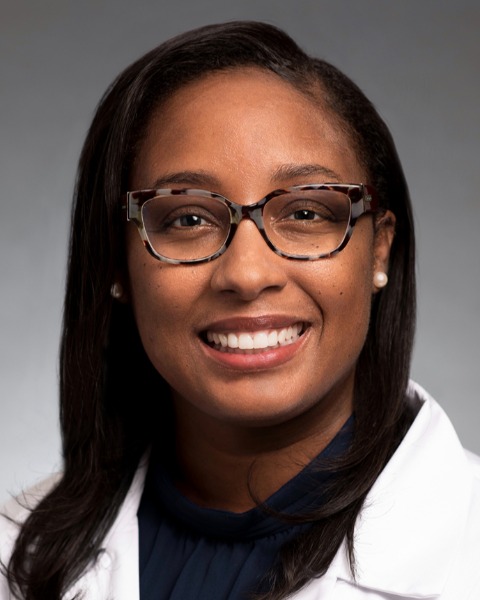Neonatal General 11
Session: Neonatal General 11
424 - Fellowship Experience in NICU Follow-Up
Monday, April 28, 2025
7:00am - 9:15am HST
Publication Number: 424.4688
Adrienne Pahl, The University of Vermont Children's Hospital, Burlington, VT, United States; Janice E. Hobbs, Pediatrix and Obstetrix Specialists of Houston, Spring, TX, United States; Faranek Davalian, Pediatrix Medical Group, Seattle, WA, United States; Ricki Goldstein, University of Kentucky College of Medicine, Lexington, KY, United States

Janice E. Hobbs, MD, MPH (she/her/hers)
Neonatologist
Pediatrix and Obstetrix Specialists of Houston
Spring, Texas, United States
Presenting Author(s)
Background: Neonatal-Perinatal Medicine Fellowship programs require a “longitudinal outpatient experience for each fellow.” While program directors report significant variation in high-risk infant follow-up, fellow perception of the experience is unknown.
Objective: The objective of this survey was to gain insight into the experience of the NICU fellow in NICU follow up.
Design/Methods: We surveyed members of the AAP Section's TECaN and MidCaN groups. Likert scale and multiple-choice questions addressed year and location of fellowship completion, current involvement in NICU follow-up, fellowship experience and values surrounding follow-up, and options that could improve training. Response data was summarized using descriptive statistics. Chi-Square Test was used to compare groups, (significance level alpha = 0.05).
Results: The 278 respondents were predominantly current fellows and recent graduates representing all AAP Districts (Table 1). Most respondents (88%) currently work in a facility that has a NICU follow-up clinic. Nearly all current fellows (98%) participate in a follow-up clinic, compared to less than half of those who have completed training (40%). (Table 2) Clinics during fellowship ranged from none to more than 21 days per year. The top selections to improve training include an opportunity to follow a cohort of NICU graduates (47%) and a designated training tract for those interested in becoming a follow-up neonatologist (42%). However, less than half of respondents report providing continuity of care in their follow-up clinic (43%) and only a third had specialized training available for those interested in making follow-up their niche (36%). Other potential improvements selected included: opportunities to do outcomes research (28%), more time in NICU follow-up clinic (25%), and more didactic lectures (23%). Most respondents felt strongly that there should be a defined curriculum for NICU follow-up, yet less than half report educational conferences focused on NICU follow-up during their fellowship (43%).
Conclusion(s): The majority of current and recent fellowship graduates value the NICU follow-up experience, yet only half of the respondents feel their experience was adequate. Responses may be affected by sample bias. Self-selection may over represent those that participate in follow-up clinics. However, the consistency of responses, even among those who do not currently attend clinic, suggest the findings are generalizable. The results of this survey identify opportunities to improve NICU follow-up experience for all fellows as well as fostering interest in becoming a follow-up neonatologist.
Distribution of Survey Responses (N=278)
Table 1.pdfNote: AAP = American Academy of Pediatrics, SONPM
= Section on Neonatal Perinatal Medicine, TECaN =
Trainees & Early Career Neonatologists, MidCaN =
Mid Career Neonatologists
Survey Responses by Fellowship Completion Timing
Table 2.pdfNote: 1 Response of agree or strongly agree on 5 point likert scale.

